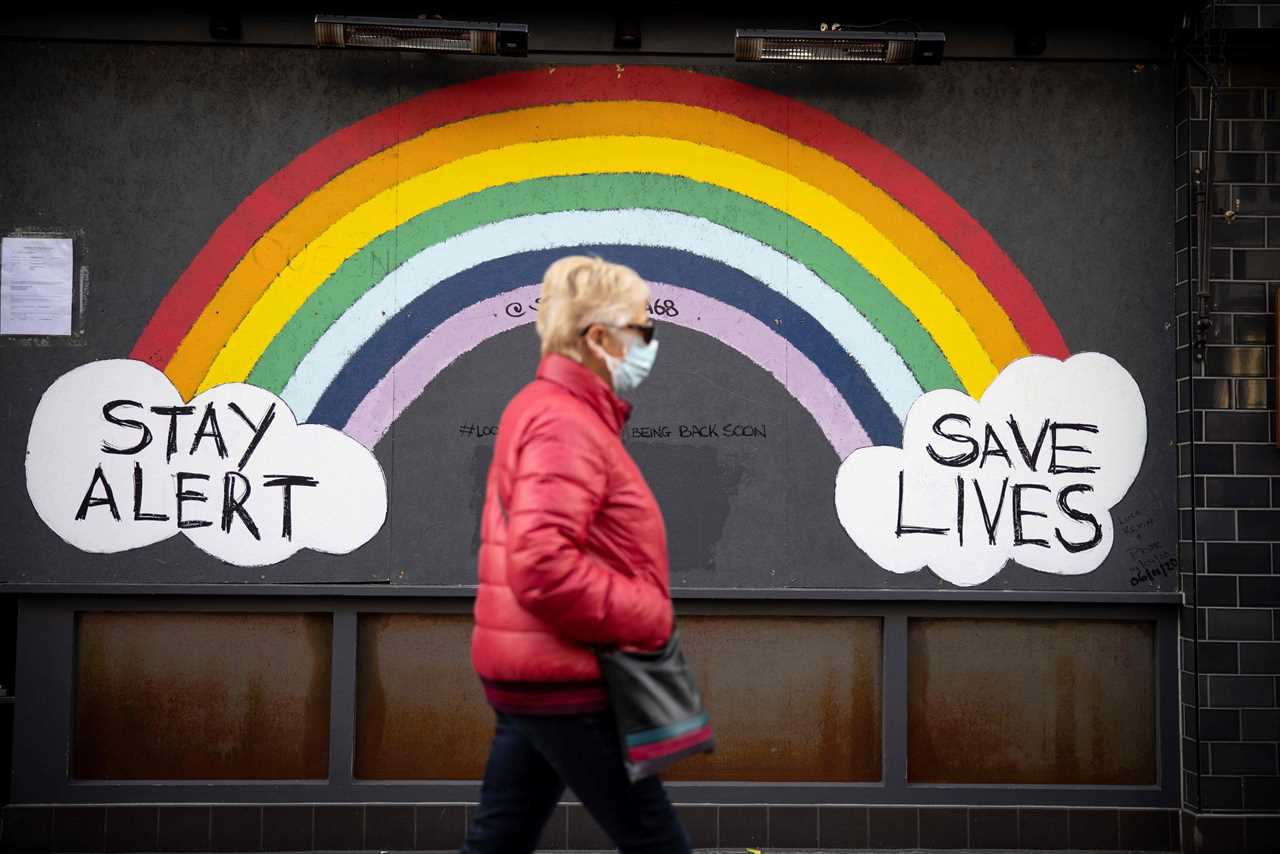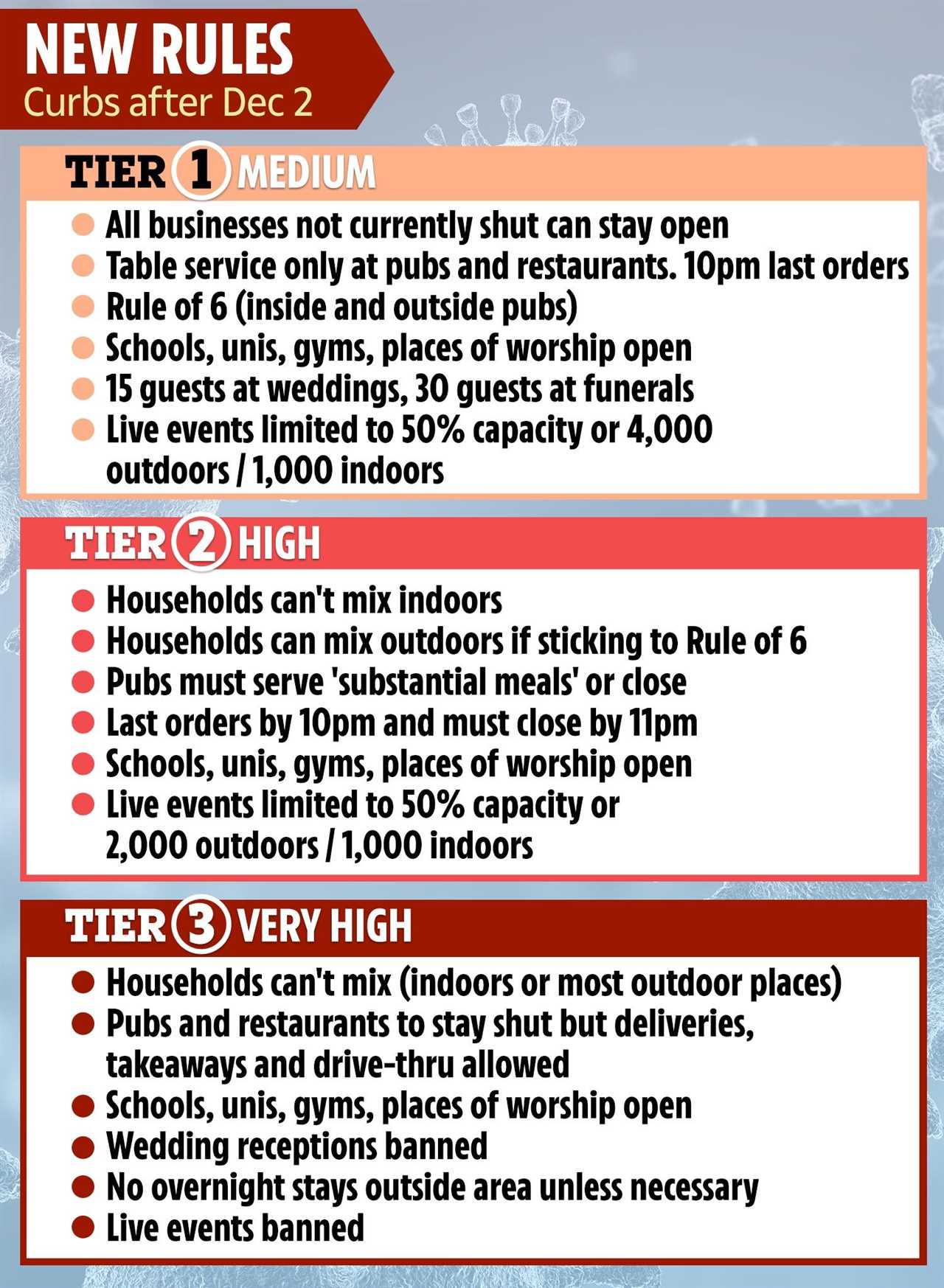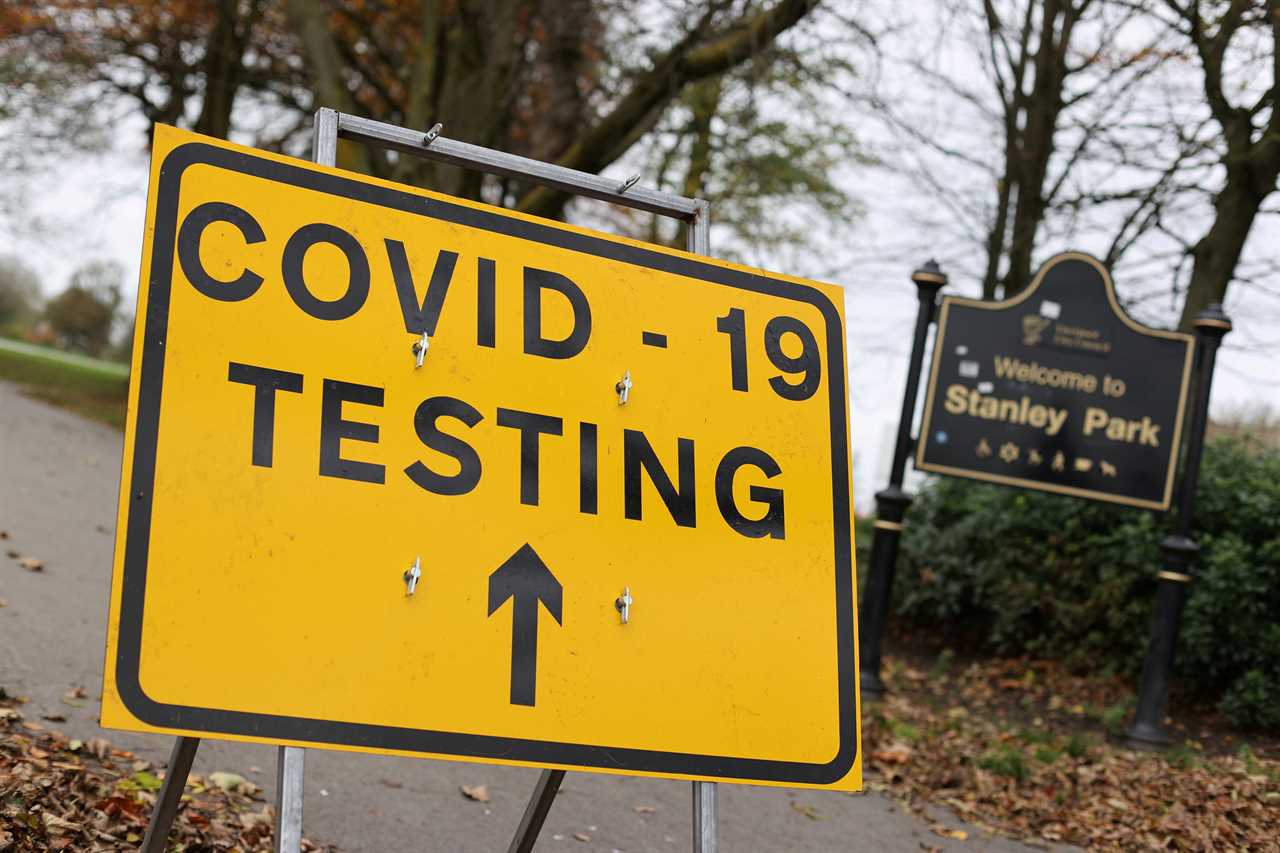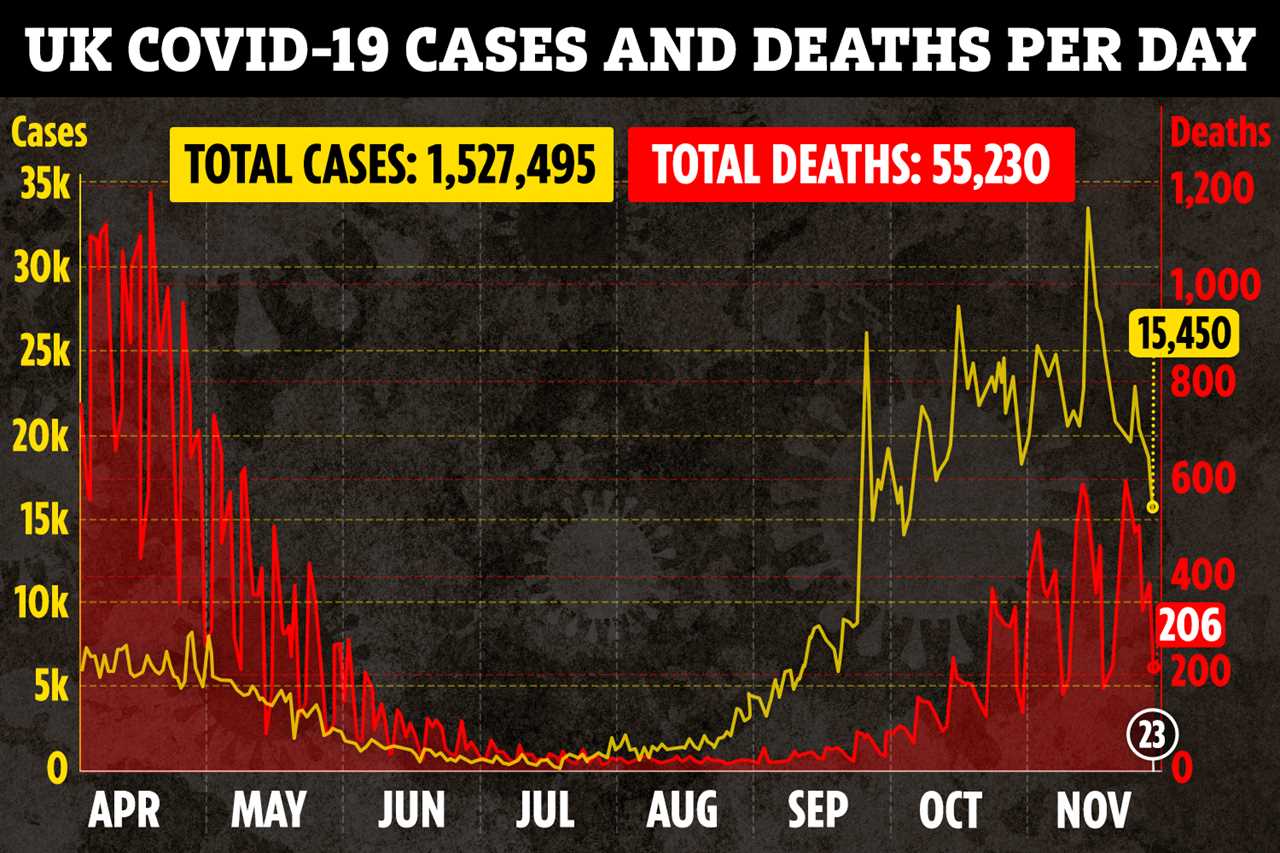Boris Johnson has introduced even tougher new Tiers for local lockdown than before the England-wide shutdown.
Here’s how No10 will decide which areas will be plunged into stricter measures.


The PM said today the Tiers needed to be tightened to make them more effective at keeping fresh cases of coronavirus under control.
He told MPs: “We are going to go back instead to a regional tiered approach, applying the toughest measures where Covid is most prevalent.
“And while the previous local tiers did cut the R number, they were not quite enough to reduce it below 1.
“So the scientific advice I am afraid, is that as we come out is that our tiers need to be made tougher.”
And he also set out how ministers would make the decision to bring in stricter measures.
Mr Johnson will announced on Thursday which areas will be put into which Tier.
The local R rate
The R rate in each area will be used to look at how fast new infections are growing.
The natural R for Covid-19 is three – meaning each sick person infects three other people.
But the aim is to keep the R rate below 1, which means the epidemic is shrinking nationally or on a local level.
The R rate determined the speed at which coronavirus infections start to spread exponentially, and Mr Johnson said experts would look closely if numbers start to dramatically jump – or fall.
Ministers will also look at the test positivity rate – meaning what percentage of people tested are diagnosed with coronavirus.
That rules out areas being plunged into tougher Tiers only because more tests are being done and more cases are being indentified – rather than there being more new cases.
Health Secretary Matt Hancock said today: “Of course, (we will look at) the percentage of tests testing positive, if you put more tests in, you don’t want to then punish an area for having a higher number of positives.”
The number of cases in all age groups – and over 60s
The number of new coronavirus cases in all age groups is a crucial element to understand the severity of the problem in a local area.
The bulk of the new cases in the second wave started with young people who were out and about more.
While fresh cases were confined to the young who only rarely become very sick with Covid there was not a major concern.
But critically, if numbers start to jump in younger age brackets, coronavirus can easily spread to more elderly people who may become seriously ill.
So another criteria will people the number – or rate – of new cases in over 60s.
If too many people in the older groups become very ill, the number of hospital admission could start to soar and pressure will climb on local NHS services.

Pressures on the NHS
This is the most important test for pushing an area into drastically tougher rules.
If more people become seriously ill with coronavirus and local NHS services are forced to stop non-Covid related treatment there could be huge collateral damage.
It could mean cancer treatments are postponed, heart disease screenings do not take place, and a massive backlog of other health problems mean excess deaths jump because people did not have access to the NHS.
This is the most dangerous place a local area can be in – when there is a threat the local NHS could be overwhelmed – and this is when ministers will consider putting areas into the most restrictive rules.
But if there is very little pressure on the NHS, it could also mean it is able to stay in its current Tier or even move down a Tier.







